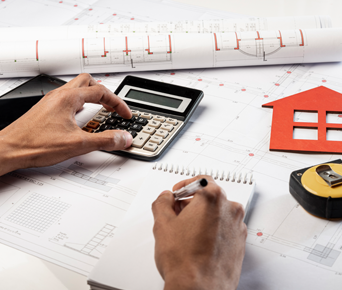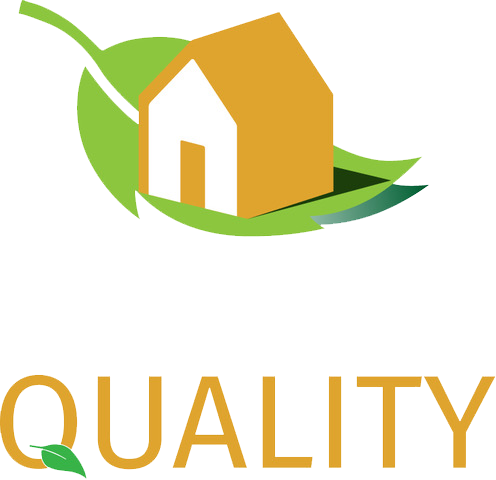SAP Energy Calculations: what are they, and why do they matter?
SAP Energy Calculations
IIn 2019, the UK became the first major economy to pass laws to “end its contribution to global warming” with a deadline for doing so set for 2050.
Chris Skidmore, then Energy and Clean Growth Minister, said at the time, “The UK kick-started the Industrial Revolution, which was responsible for economic growth across the globe but also for increasing emissions.
“Today we’re leading the world yet again in becoming the first major economy to pass new laws to reduce emissions to net zero by 2050 while remaining committed to growing the economy – putting clean growth at the heart of our modern Industrial Strategy. We’re pioneering the way for other countries to follow in our footsteps, driving prosperity by seizing the economic opportunities of becoming a greener economy.”
With the energy crisis brought forth by the conflict in Ukraine, the importance of energy-efficient buildings cannot be overstated. New legislation was introduced in June 2022, with yet more stringent requirements due to come into effect in 2025 as the UK races to meet the target of net zero emissions – down by at least 100% of the 1990 levels – by 2050.
Accurate energy calculations for residential buildings are fundamental to underpin environmental policies. Former Energy Minister Chris Skidmore’s Net Zero review, Mission Zero, included the need to deliver “cleaner, cheaper, greener homes” among its recommendations. The burden for meeting that need falls to today’s architects, designers and constructors.
How is a residential home’s energy efficiency calculated
Standard Assessment Procedures (SAP) is a metric used to measure the estimated energy efficiency and carbon footprint of a building. SAP is the only government-approved system for assessing the energy rating of a newly built residential home, based on standardised assumptions for occupancy as well as occupant behaviour.
SAP calculations are a pre-requisite for a building’s Energy Performance Certificate (EPC) to be issued.
In order to comply with current Building Regulations, a SAP calculation and a predicted EPC must be submitted before construction can begin on a new build. This rule also applies to some extensions and conversions. Without an EPC, a building can’t be occupied or sold.
A simpler, Reduced Data SAP (RdSAP) is used to assess energy performance of existing dwellings; this system is due to be updated in the near future.
Commercial properties are assessed via the Simplified Building Energy Model (SBEM).
How do SAP calculations work?
These calculations (SAP) are used to measure two elements for dwellings in England:
1. Dwelling Emission Rate (DER) and
2. Dwelling Fabric Energy Efficiency (DFEE).
These are now compared to a Target Emissions Rate (TER) and a Target Fabric Energy Efficiency (TFEE) rate. Both the DER and DFEE must be lower than the target rates.
Factors which should be considered when making the calculation include:
- Construction materials
- Insulation
- Heating efficiency
- Fuel type
- Ventilation
- Lighting
- Location and orientation of the property
- Any exposure to sunlight via openings such as windows
- The use of renewable energy and
- Air leakages
SAP calculations for new dwellings must be performed by an accredited SAP assessor. The assessor will use specialised software as well as the plans, drawings and specifications submitted during the design process for that property. With at least about 140 input fields in each piece of software, the more information provided to the assessor the better, as this ensures that the SAP calculation is as accurate as possible.
It is critical that all information is correct; if the design doesn’t pass the assessment, changes have to be made before construction can commence. If changes are then made to the design of the property when construction gets underway, the SAP assessor should be made aware of those modifications as this may impact the SAP calculation.
The SAP calculation gives a score from 1 to 100+. The lower the score, the higher the energy cost. A property with a score of 100 is said to be net zero, whereas any buildings achieving a 100+ score will produce more energy than they consume and are net exporters. This SAP score is reflected in the EPC score for each property.
New building legislation
The Building Regulations in England were updated in June 2022. This is the first in a series of changes which will be made between now and 2025. That’s when the Future Homes Standard will come into effect, which will require all homes to produce 75-80% fewer carbon emissions. From 15 June 2022, all new homes should produce 31% fewer carbon emissions than was previously acceptable.
The energy efficiency of buildings comes under Part L of Building Regulations. SAP calculations for dwellings come in two different types: L1A for new builds, and L1B for conversions and extensions of existing dwellings.
Under the new legislation, new dwellings (L1A) will be assessed with a new SAP methodology which sets higher requirements for insulation as well as a new target primary energy rate.
A new requirement was also introduced for self-builders – people who directly organise the design and construction of their own home – to conduct an on-site audit in order to confirm that the building matches the plans. This must be backed up with photographic evidence.
The new regulations also address thermal bridging by calling for the use of products which reduce this loss of heat. New build dwellings will need to show the SAP assessor drawings of all thermal junctions, and its insulation continuity.
Buildings being extended or must meet the same insulation standards. The boiler efficiency will need to be assessed when extending the heating system, and upgrades may be required to bring the boiler to 92% efficiency levels, with the maximum flow temperature in a central heating system lowered to 55°C.
Extensions are also required to have no more than 25% floor area as glazing, unless homeowners can demonstrate overall compliance with thermal insulation.
Compliance with the new regulations is necessary to achieve an SAP score which allows for construction to go ahead – and for the UK to reach its net zero emissions target by 2050.
How Can Sustain Quality Help My Organisation?
When an organisation turns to us at Sustain Quality, they gain access to a team of professionals that are dedicated to providing services that help save on energy costs.
Sustainability consultants are incredibly knowledgeable in the steps that need to be taken to create net-zero buildings for organisations of all sizes.
Some of the assessments that may be used to best determine how you can meet net-zero energy include:
A net-zero building is the epitome of a high-quality building and property organisation. Our dedicated team offers sustainability consulting Nationwide that will help you achieve your sustainability goals.
We can help your organisation reduce carbon emissions and meet other environmental initiatives.





